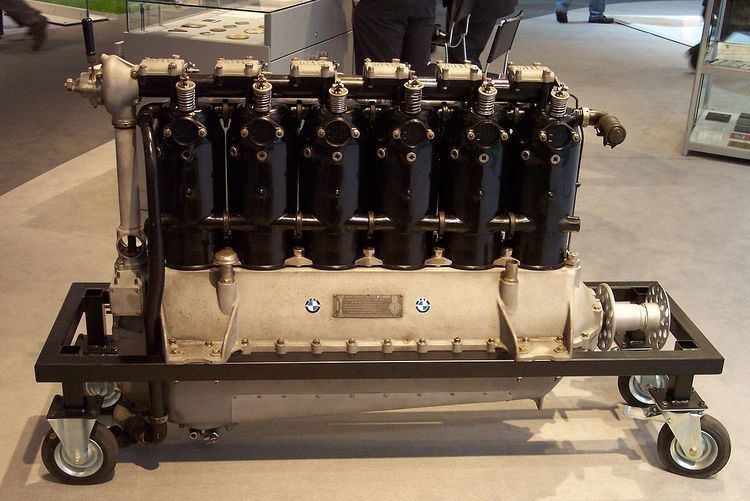 | ||
The BMW IV was a six-cylinder, water-cooled inline aircraft engine built in Germany in the 1920s. Power was in the 180 kW (250 hp) range. The IV was also produced under license by Junkers as the L2.
Contents
On 17 June 1919 Franz Zeno Diemer flew a DFW F37, powered by a BMW IV engine to an unofficial world record height of 9,760 m (32,021 ft) from Oberwiesenfeld, reaching that altitude in 89 min. Diemer stated at the time, "I could have gone much higher, but I didn't have enough oxygen."
Applications
Specifications
Data from BMW Type IV description and user manual.
General characteristics
Components
Performance
References
BMW IV Wikipedia(Text) CC BY-SA
